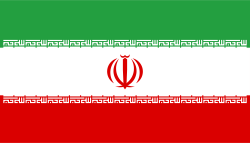New Reports Reveal Iran's Secret Tritium Extraction Facility Amid Rising Tensions
 Iran
IranIran has resumed its use of hostage diplomacy, exemplified by the recent release of Italian journalist Cecilia Sala, who was held for 21 days. According to political scientist David Rigoulet-Roze, this tactic serves two primary purposes: to negotiate the release of Iranian prisoners abroad and to reclaim frozen assets. Sala’s release on January 8 followed Italy's extradition of Iranian engineer Mohammad Abedini, linked to drone-related attacks on American soldiers.
The strategic nature of hostage diplomacy has evolved since the 2015 nuclear deal negotiations, becoming a core element of Iran's foreign policy as it faces the expiration of the Joint Comprehensive Plan of Action on October 18. Observers suggest that Iran is leveraging this tactic more aggressively as it seeks to divide European allies in the wake of increased U.S. sanctions.
Moreover, the release of other hostages, such as German-Iranian Nahid Taghavi, coincided with nuclear negotiations in Geneva, indicating Iran's intent to use hostages as bargaining chips. As diplomatic efforts continue, the implications of hostage diplomacy remain significant in shaping international relations.
 Iran
Iran Iran
Iran Iran
Iran